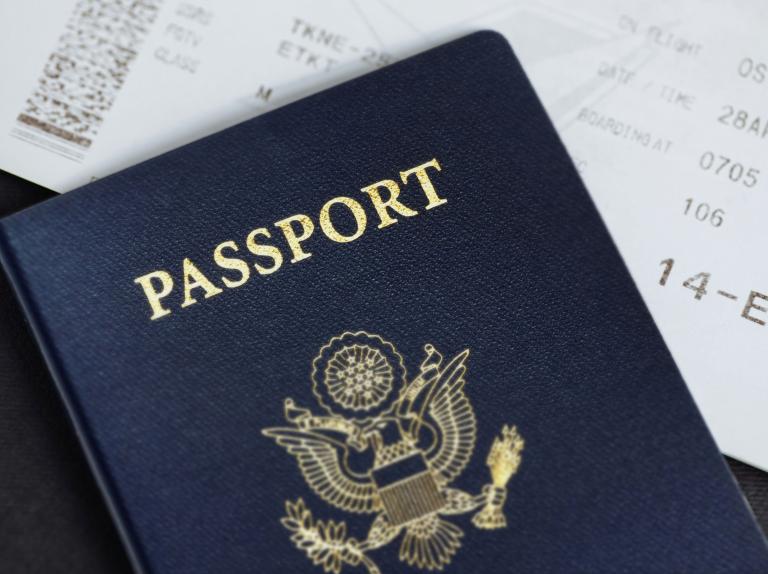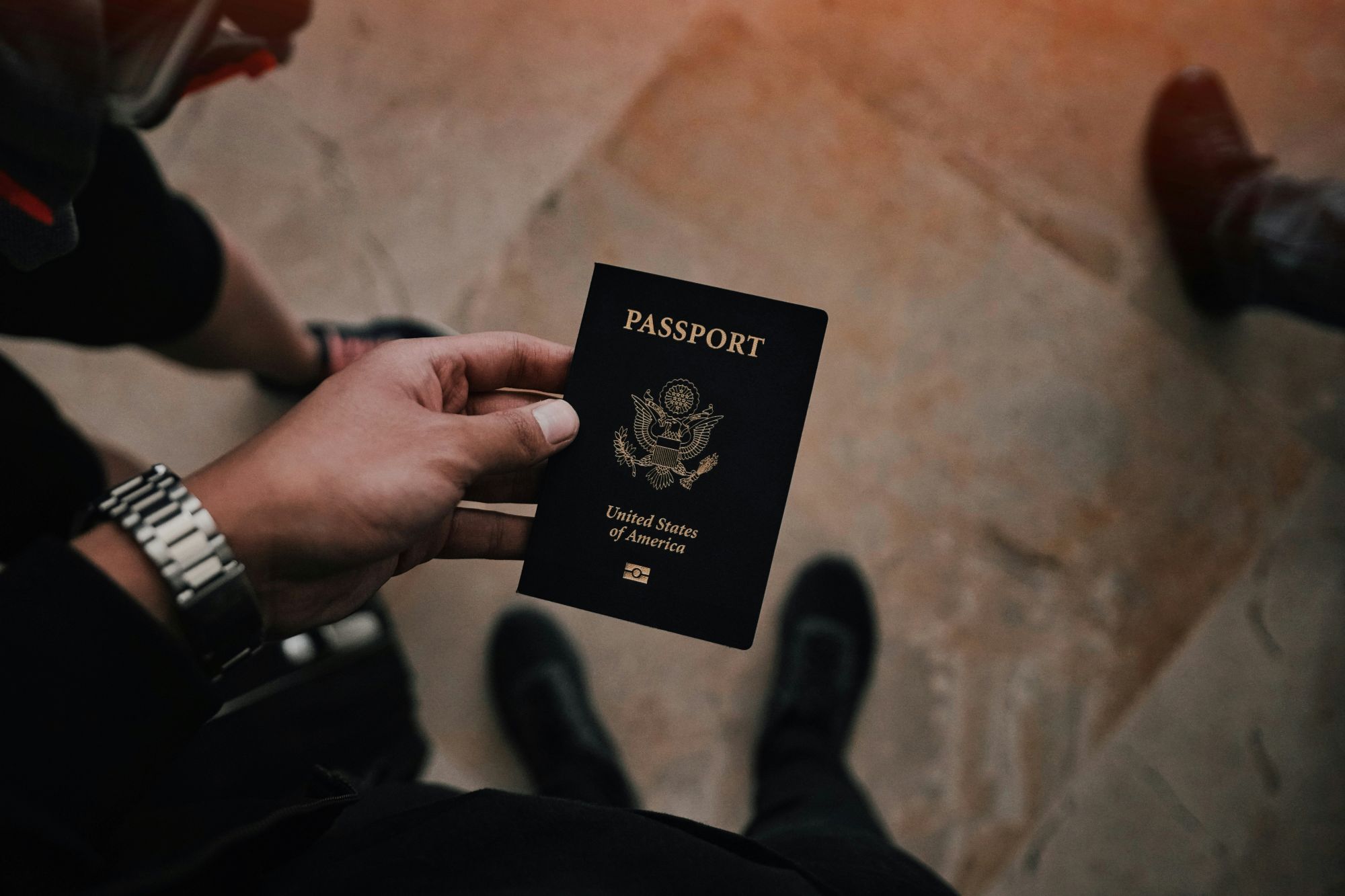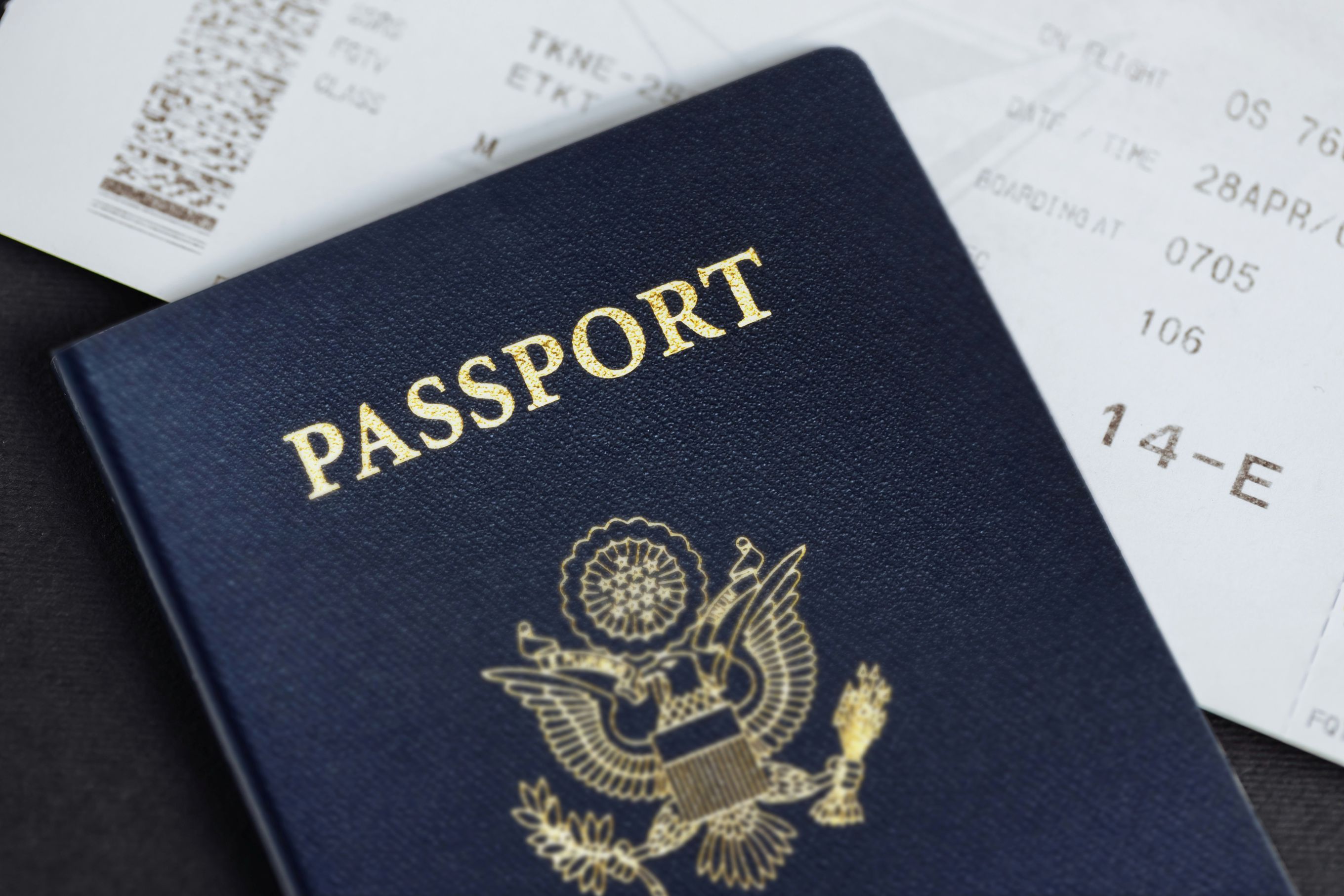
Despite gloomy headlines, new data from Trove reveals strong traveler confidence among Americans in 2025. U.S. outbound travel is rebounding, and destinations that prioritize digital ease, affordability, and authentic experiences are well-positioned to capture this resilient market.
Recent media coverage, including reports from Reuters, has pointed to a decline in U.S. outbound travel and lodging spending, with more travelers opting for flexible options like "Cancel for Any Reason" insurance.
However, Trove Tourism Development Advisors’ offers a more encouraging perspective. Findings from new, original survey research indicate renewed confidence among U.S. travelers in planning and booking international trips.
Methodology
To better understand this market, Trove conducted a nationwide online survey of 515 U.S.-based travelers in April 2025. Respondents were frequent travelers between the ages of 21 and 35, selected through a randomized sample to ensure a diverse and travel-experienced group.
The survey examined travel planning habits, booking behavior, and destination preferences, providing tourism boards with actionable insights to more effectively reach the American traveler.
Market Outlook
Despite woeful headlines and economic shifts, there is a compelling reason for optimism. American travelers are back and ready to explore. Over half (51.7%) took an international trip in 2023, a significant rebound from previous years. Online search trends echo this renewed wanderlust: searches like “visa to travel to Europe” surged over 1,200% in 2024 alone.
But competing for the U.S. market means understanding what motivates them and how they plan. Here’s how destinations can stand out:

3 Ways Destinations Can Capture the Outbound U.S. Market
US travelers are more prepared—and more eager—than ever to explore the world. A majority of respondents (51.7%) reported taking their last international trip in 2023, with fewer having traveled abroad in 2022 (13.6%) and 2021 (7.6%)—a clear sign of post-COVID recovery.
This trend is also supported by online search behavior. According to the keyword research tool SEMrush, searches for "visa to travel to Europe" skyrocketed by 1,284.6% over 2024, reflecting renewed confidence and eagerness to explore destinations abroad.
However, attracting US travelers requires more than simply offering great scenery or famous landmarks. Their preferences evolve quickly, and tourism boards need to stay one step ahead of emerging trends to remain relevant. Here are key strategies to boost your destination’s appeal to this fast-moving, digitally connected audience:
1. Go Mobile-First and Social-Savvy
U.S. travelers plan, research, and book their trips online—and often on their phones. From checking restaurant reviews to using Google Maps and translation apps, mobile tools dominate every step of the journey.
- 85.8% seek regular updates on destinations.
- Top sources: booking sites, official tourism pages, and social media.
- 59.9% rely on social media (especially Instagram, TikTok, and YouTube) to inspire their trips, far surpassing OTAs and review sites.
Content that resonates includes long-form videos, real stories, and authentic posts from peers and influencers. Destinations must invest to maintain a mobile-optimized website, be bookable on major OTAs, and remain active across social platforms. Paid digital ads and influencer collaborations can further boost visibility and bookings.
2. Prioritize Accessibility and Value
American travelers are budget-conscious and short on time. The top barriers to booking are high costs for flights and accommodations (58.5%), followed by unexpected expenses and transport hassles once abroad.
- Trip length: Short getaways of 3–4 nights are most popular.
- Preferred lodging: Hotels (42.9%) and resorts (25.2%), with growing interest in short-term rentals.
- Top spending categories: accommodations (27%), food (16.3%), and local transport (14.2%).
Destinations that offer direct flights, affordable packages, and clear value for money stand out. Marketing should spotlight easy access, competitive airfares, and travel deals that make getaways feasible—even on limited PTO.

3. Highlight Authentic, Culture-Rich Experiences
Relaxation is the #1 reason Americans travel (60.6%), but what gets them to book (and return) is connection. Travelers are drawn to cultural immersion, local cuisine, and meaningful experiences.
- Trip motivators: strong cultural identity (34.2%), adventure (19.4%), and natural beauty (10.3%).
- Top experiences: museums (35%), historic sites (30.6%), and beaches (21%).
- Most memorable moments: cultural engagement (25.2%) and personal connection (25.8%).
To win their hearts, offer immersive, story-worthy experiences: food tours, cooking classes, music festivals, and nature-based excursions guided by locals. These deeper connections turn first-time visitors into lifelong advocates.
Key Takeaways
Despite economic and political headwinds, U.S. travelers are fueling a strong rebound in international travel, driven by a desire for authenticity, ease, and emotional connection. Their planning habits, spending priorities, and trip motivations are clearer than ever, giving destinations a valuable roadmap for engagement.
What makes us optimistic? U.S. travelers are digitally connected, eager to explore, and increasingly intentional about how and where they spend their time and money. Destinations that meet them with mobile-first content, culturally rich experiences, and accessible, high-value offerings are well-positioned to capture this resilient market.
With the right strategies in place, 2025 presents a strong opportunity for destinations to build meaningful connections and long-term loyalty.
For more information on how your destination can tap into this momentum, download Trove’s complete 2025 guide.
Submit Your Thought Leadership

Share your thought leadership with the Destinations International team! Learn how to submit a case study, blog or other piece of content to DI.


